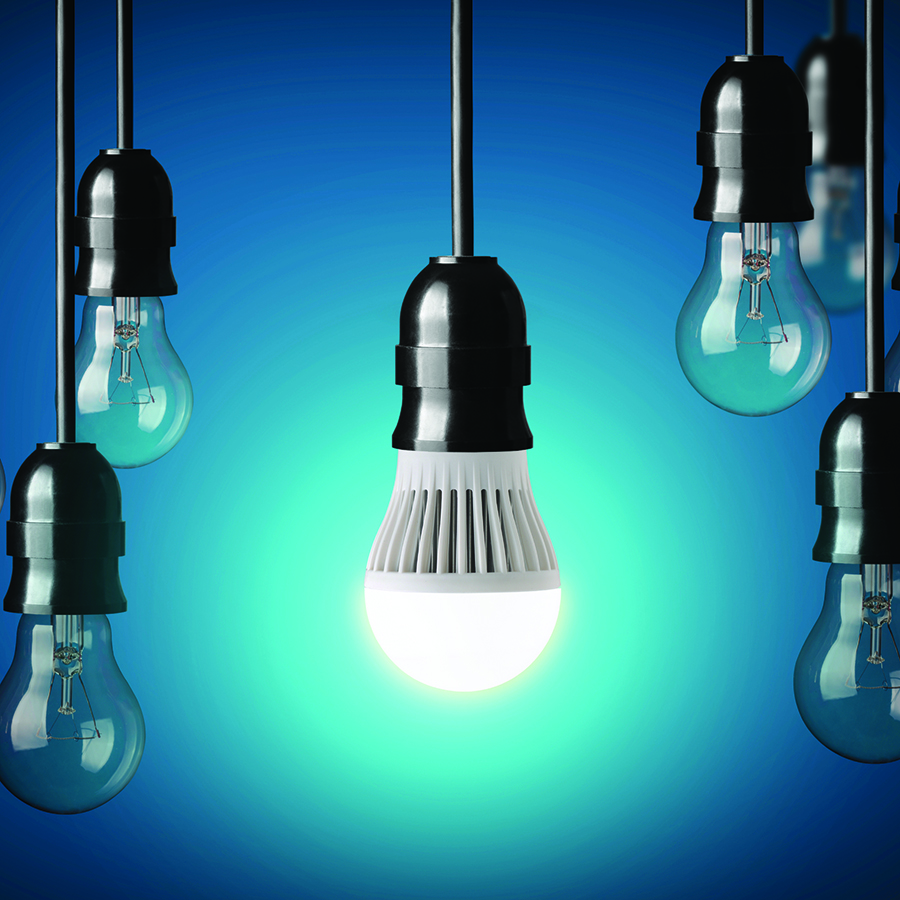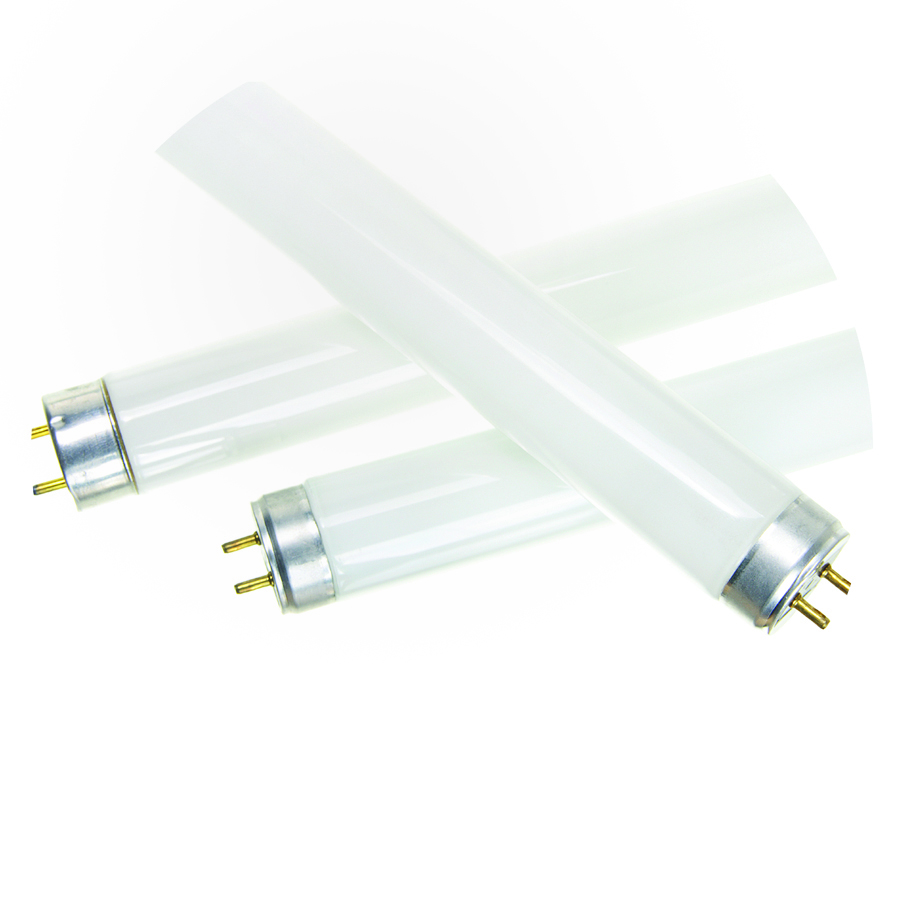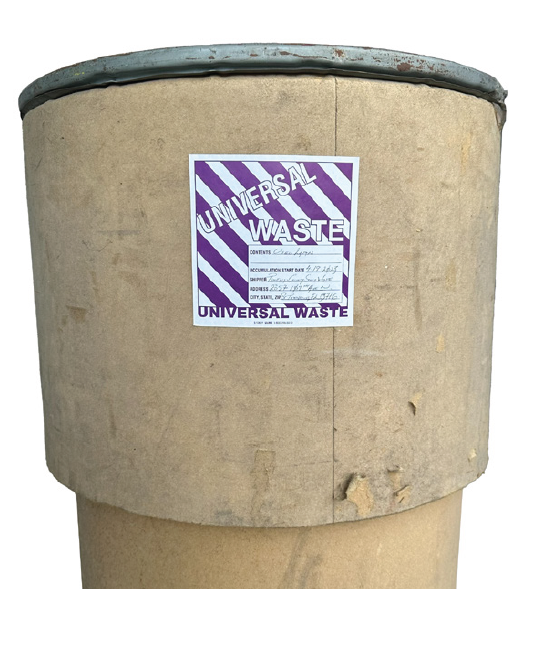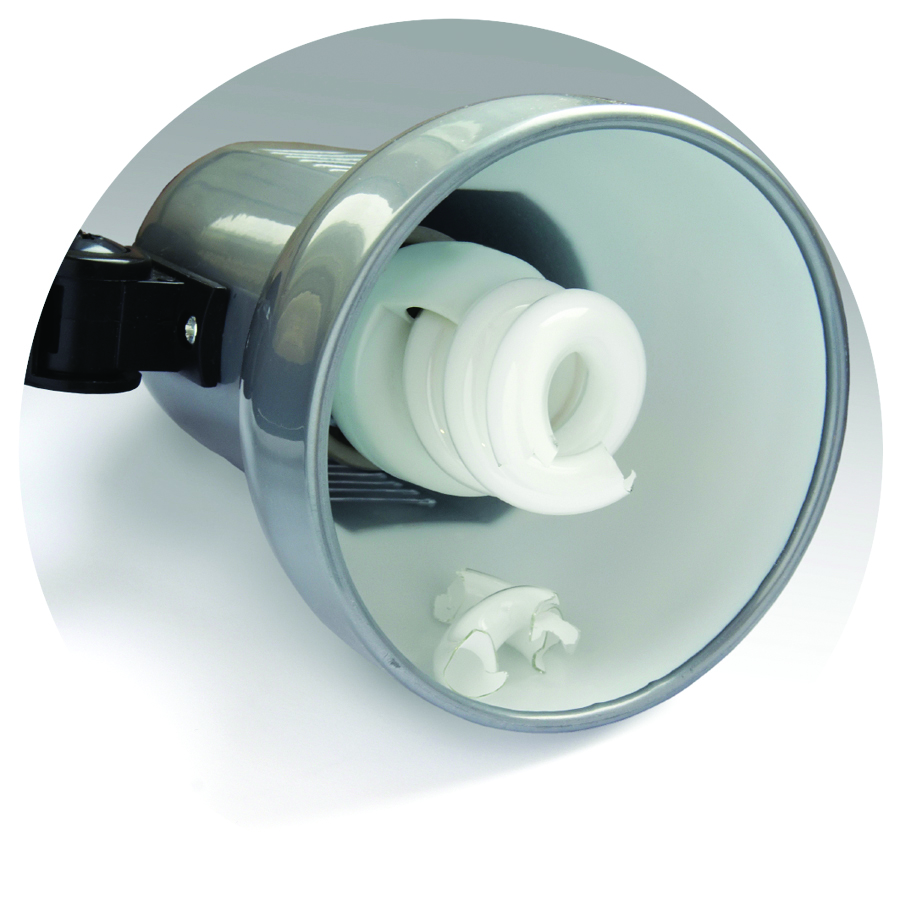Guide to Managing Used Lamps
This resource has been developed by Pinellas County Solid Waste to provide businesses with guidance on how to properly manage wastes in accordance with federal, state and local laws.
Para leer esta página en español, vaya a Guía Para Manejar las Bombillas Fundidas.
Do you need instructions for how to safely dispose of mercury-containing lamps from a household? Please visit the Where Does It Go? Search Tool, select “For Homes” and search for “mercury containing devices.”

Universal Waste Lamp Overview
What are universal waste lamps?
The U.S. Environmental Protection Agency defines a lamp as a bulb or tube portion of an electric lighting device. Used lamps that are no longer functioning or are no longer needed are considered universal waste lamps when recycled. Universal waste lamps have streamlined hazardous waste management standards.
Examples include:

- Fluorescent tubes, including “green-tips”
- Compact fluorescent lamps (CFLs)
- Light emitting diode (LED) lamps
- Neon lamps
- High intensity discharge (HID) lamps
- Mercury vapor lamps (e.g. street or high bay lighting)
- High pressure sodium lamps (e.g. street or high bay lighting)
- Metal halide lamps (e.g. flood, indoor grow or aquarium lights)

Why can’t they be placed in the garbage?
All types of used lamps containing toxic metals such as mercury, arsenic or lead, including those from households and businesses, have bee prohibited from solid waste incineration since 1994. Because Pinellas County operates a Waste-to-Energy Facility, used lamps from households and businesses cannot be placed in the garbage.
Proper Management of Universal Waste Lamps
State and Federal regulations require that all used lamps be properly recycled as universal waste or managed as hazardous waste. If properly managed while on-site and properly recycled, they are considered universal waste and do not count towards your facility’s hazardous waste generator status.

Storage
Used lamps must be stored in structurally sound containers that are kept closed and without any signs of leakage, spillage or damage.
Labeling
Used lamp containers must be clearly labeled or clearly marked with one of the following:
- Universal Waste—Lamp(s)
- Used Lamp(s)
- Waste Lamp(s)
Accumulation
- Used lamps may not be accumulated on site for longer than a year. The accumulation time must be demonstrated either by:
- Marking the container with the date that the first lamp is placed inside,
- Maintaining an inventory log,
- Or any other method that clearly demonstrates the length of time the universal waste has been accumulated from the date it becomes waste.
Recycling
Use the Where Does It Go? Search Tool For Businesses to find lamp recycling options.
Recordkeeping and Employee Training
Keep recycling receipts for three years to show that used lamps were properly managed.
Inform employees who handle used lamps of proper handling, packaging and emergency cleanup procedures.
Used Lamp Crushing
Used lamps can be crushed in proper crushing equipment provided that:
- They are crushed in a final accumulation container labeled “Crushed Mercury Lamps;”
- They are crushed in a controlled manner that prevents the release of mercury vapor;
- Crushing operations and maintenance of the unit are performed by written procedures developed by the unit manufacturer, including frequency of filter changes; and
- Employees are trained on the unit’s written and emergency procedures.

Managing Broken Lamps
Do no intentionally break lamps, as this releases mercury, a toxic metal. Immediately clean up the broken lamp(s) and store them in a tightly sealed container that is labeled as described in this handout.
Properly accumulate and recycle as described in this handout.
Additional Resources
- Where Does It Go? Search Tool
- Recycle Guide & Downloadable Signage
- Household Chemical Collection
- Collection: Garbage & Recycling
- Hours: Solid Waste Disposal Complex
- Disposal Fee Information
- Educational Resources: Garbage and Recycling
- Recycling FAQ
- Map of Recycling Drop-Off Centers
- Artificial Reef Program
- Mulch Pickup Program
- For Businesses: Garbage & Recycling Resources
- How Mixed Recycling Works In Pinellas County
- Video Library: Garbage and Recycling
- Holiday and Gift-Giving Guide
- Pinellas Partners in Recycling
- Waste-to-Energy Facility
- Bridgeway Acres Landfill
- Solid Waste Master Plan
- Solid Waste Disposal Accounts
- Lealman Garbage and Recycling Collection
- Tampa Bay Recycles
- Why Recycling Is Important
- Discover Careers with Pinellas County Solid Waste
Contact Us
For more information or to request a printed copy of this guide, contact the Pinellas County Small Quantity Generator Program at (727) 464-7500 or bwa@pinellas.gov.